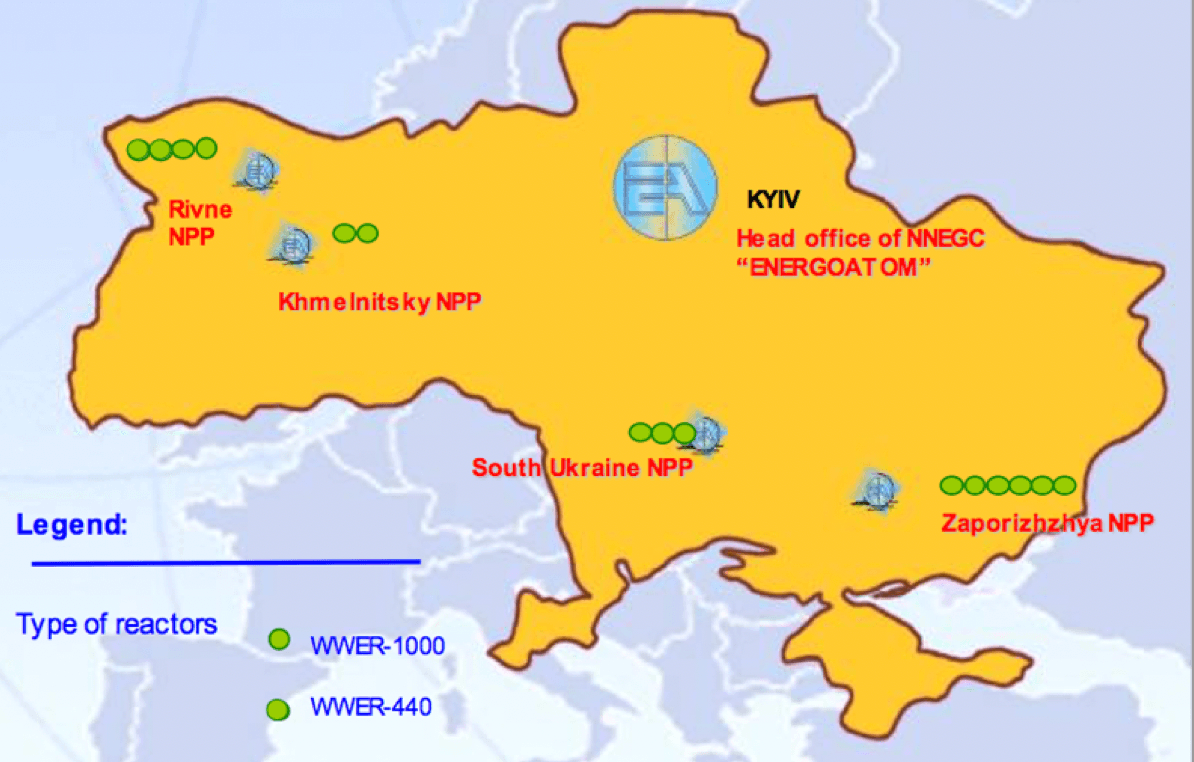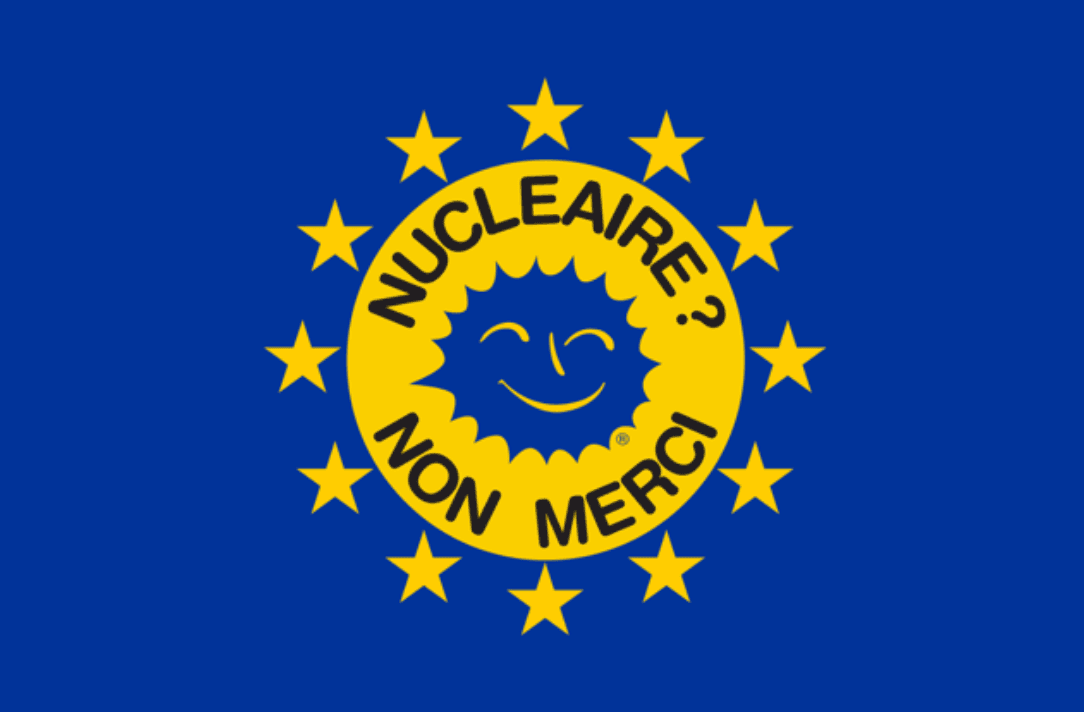The vulnerability of nuclear plants during military conflict.
Nuclear Power in Times of Conflict.

Lessons from Fukushima Daiichi Focus on Zaporizhzhia, Ukraine
2 March 2022by Jan Vande Putte (radiation protection advisor & nuclear campaigner for Greenpeace East Asia & Greenpeace Belgium) and Shaun Burnie (senior nuclear specialist, Greenpeace East Asia)
**Ukraine has a complex and large-scale nuclear power infrastructure. **
It is a country with 15 operational nuclear reactors of which 9 were in operation on February 28th 2022. In addition, the Chornobyl1 Nuclear Power Plant (NPP), with its unit 4 reactor that was destroyed in 1986, is in Ukraine. It is obvious that in a time of war, the operation of these systems are with the potential for significant, even severe consequences.Nuclear power plants are some of the most complex and , which require a very complex set of resources in ready state at all times to keep them operational. This cannot be guaranteed in a war.
**An operational nuclear power plant requires at all times electricity supply to power pumps and water supply to cool its nuclear fuel, both in the reactor and in the adjacent spent nuclear fuel pool. **
Even when the reactor is shut down, there is an enormous amount of residual heat in the fuel core which requires continuous cooling. Without cooling, the water in the reactor core (and spent fuel pool) begins to heat. In the case of an operational reactor the heating is rapid. The water reaches boiling point and begins to evaporate, and the hot nuclear reactor fuel assemblies are at risk of being exposed to air which then would lead to a thermal reaction of the nuclear fuel assembly cladding and reactor core fuel melt. In the case of nuclear fuel in the spent fuel pool, the highly exothermic chemical reaction is called a runaway zirconium oxidation reaction or autocatalytic ignition, with resultant release of a very large volume of radioactivity.In March 2011, the magnitude 9.0 earthquake and Tsunami in Japan led to the loss of site power at the Fukushima Daiichi nuclear plant – the site was no longer connected to the grid. The Tsunami that then struck the plant flooded it, including Emergency Diesel Generators (EDGs) and their fuel supply, all needed to power the cooling pumps.2 Even with some level of redundancy in case the EDGs would not be available such as batteries and turbine driven pumps3, all three reactor cores that were in operation at the time of the earthquake and flooding melted down.
The spent fuel pond of reactor 4 came close to boiling out, which would have set off a nuclear disaster far worse than the meltdowns in reactors 1-3 4.So, even without physical damage to the power plant, such as through an intentional or accidental hit by artillery or missiles, a nuclear power plant is A nuclear power plant that is in operation requires active systems to remain functioning at all times. This includes many aspects, not only electricity but also cooling water and the continuous presence of qualified personnel to operate the plant. Even under normal functioning, hundreds of workers need to be able to reach the plant from their homes, which is evidently not feasible under war circumstances.In a scenario where there would be a technical disruption, which could be for instance the electricity grid failing, or some of the diesel generators not starting up properly, you would need the ability to quickly mobilise vast amounts of equipment and additional personnel, such as fire brigades or crane operators. The example of Fukushima again demonstrated the need to be able to bring in heavy equipment such as massive cranes and specialised crane operators, fire brigades, heavy pumps etc. 5 Every technical disruption, for whatever reason, could require a major logistical operation at a nation-wide level which could be severely compromised through the war activities around the power plant.
In the context of an armed conflict, it cannot be excluded that a power plant would be isolated from the grid for a longer period of time, which would require emergency diesel generators to remain reliable and have sufficient fuel supply till the grid connection is re-established.
Nuclear power plants present in terms of the potential consequences resulting from a severe accident. Nuclear reactors and their associated high level spent fuel stores are vulnerable to natural disasters, as Fukushima Daiichi showed, but they are also
This brief seeks to explain some of the hazards and potential consequences that exist today in Ukraine.
1 Formerly known by alternative spelling ‘Chernobyl’2 Diet of Japan, “The National Diet of Japan Fukushima Nuclear Accident Independent Investigation Commission”, 2012, es10.pdf3 IAEA, The Fukushima Daiichi Nuclear Accident. Technical Volume 1/5. 2015. 4 Frank N. von Hippel and Michael Schoeppner, “Reducing the Danger from Fires in Spent Fuel Pools”, Program on Science and Global Security, Princeton University, Princeton, NJ, U.S.A., Science & Global Security, 2016, 5 Op.cit. IAEA, 2015
Read ful Report on .


